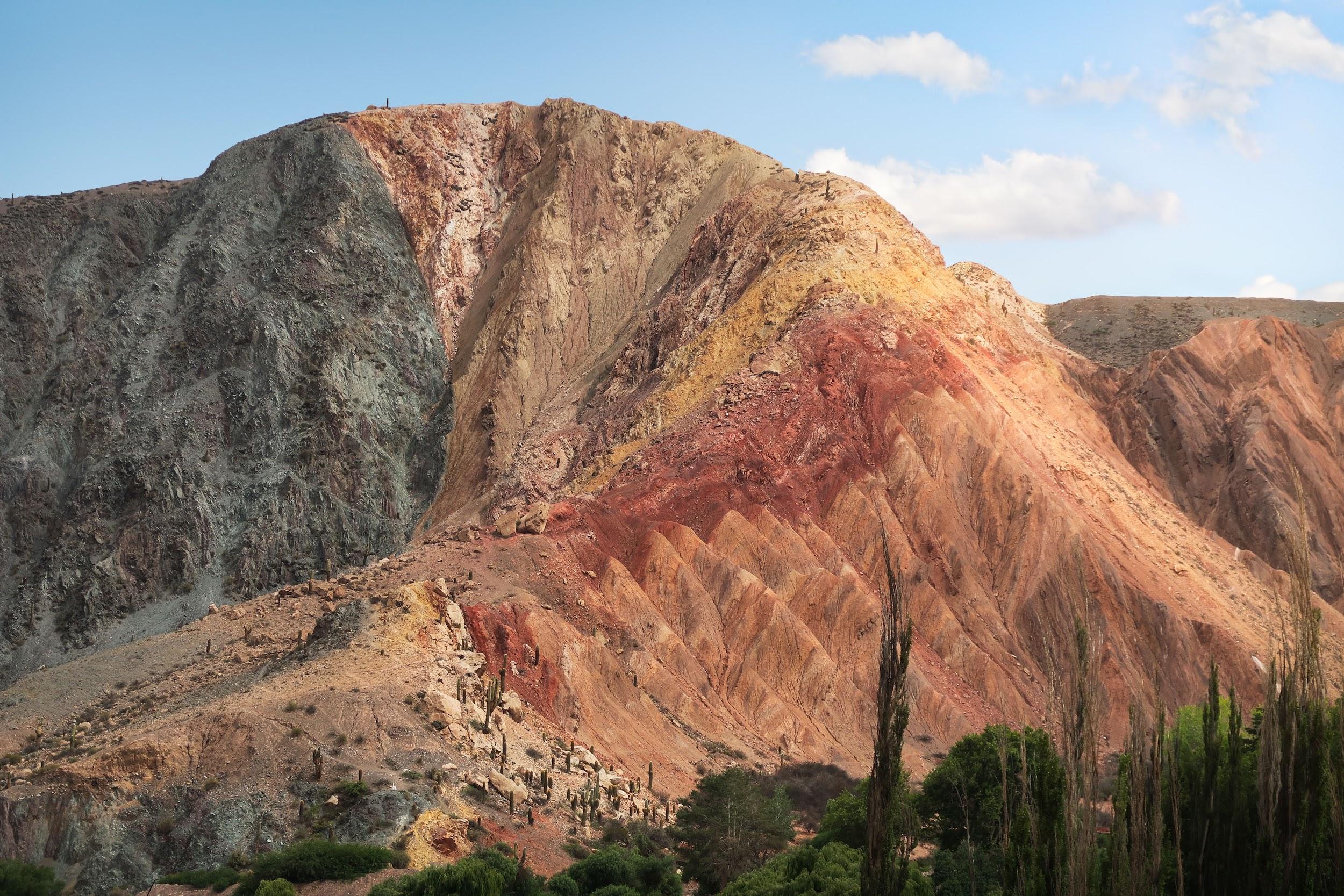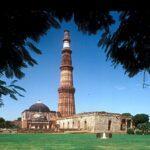Why do Earthquakes Inspire Biblical
Dread? – Erakina
When we look at pictures of our big blue planet Earth from space, it looks peacefully static,
beautifully radiant, and invitingly serene.

Some Basic Anatomy
Yet beneath that turquoise surface, there are 4 distinct layers, and just like everything else in the
universe, they are also in motion. Although nobody has personally explored below the Crust, it is
theorized that the layers are as such:
– The Inner Core: A solid, extremely dense metal ball mostly made up of Nickle and Iron
that spins slightly faster than the rest of the planet, as hot as the surface of the Sun.
– The Outer Core: Also made up of mostly Iron and Nickle, just in liquid form. It churns
in huge turbulent currents, generating electrical currents that, in turn, generate the Earth’s
magnetic field.
– The Mantle: The Earth’s thickest layer, starts at a mere 30 km below the surface and
reaches down to 3,000 km below from there. Made up mostly of Iron, Magnesium, and
Silicon, it is dense, hot, and semi-solid like thick caramel candy. This layer also
circulates, just a lot more slowly.
– The Crust: It’s like the shell of a hard-boiled egg. It is thin, cold, and brittle compared to
what lies beneath. It can be as thin as 5 km on ocean beds and 30-70 km thick on
continents.

The Titans that Move Continents
The surface of the Crust is broken up into pieces, like a humongous jigsaw puzzle. These pieces
also include the upper layer of the Mantle. The pieces are called Tectonic Plates.

Tectonic plates might appear to be motionless to us, but they are actually moving ever so slowly,
about 3-5 cm a year. Why this happens is not super clear to us yet, although it may have
something to do with hot currents in the Mantle layer. Geologists believe the weak, hot, slippery
upper part of the Mantle is what Earth’s tectonic plates ride upon and slide across. The Crust and
the upper Mantle layer are called the Lithosphere. These changes in the Lithosphere, the
convergence, pulling apart, or sliding past of the Tectonic plates, they are the causes behind
Volcanoes, Tsunamis, and Earthquakes. The Tectonic plates can also cause the formation and affect the
shape of Mountains, the Himalayan Mountain range grows at least ocentimetreter every year because of the push of
The Indian Tectonic plate towards the Eurasian plate.
Earthquake: A Natural Calamity
An Earthquake causes the Earth’s surface to shake, they range from mild ones that
can’t be felt to wildly aggressive violent ones that cause immense destruction
throughout vast areas. The movement of the Tectonic plates can cause Geological
faults. There are many types of Geological faults and three main ones, they don’t
necessarily occur only where tectonic plates are meeting, although that is where they
most commonly occur. Since the entire crust is one big surface, it’s all connected, and
as such a fault can occur anywhere once an appropriate amount of pressure (a.k.a.
stored elastic strain energy) has been built up.

When the pressure travels through the Earth in waves of energy, we call them Seismic
waves. The frequency, type, and size of Seismic waves, or Earthquakes within an area
in a specified time, is called its Seismic activity. We use a specific unit of measure, a
certain scale for measuring the intensity of an Earthquake or Seismic event. This is
known as the Moment Magnitude scale, earlier known as the Richter magnitude or
Richter scale, and it measures the actual energy released by an Earthquake
represented by a number from 0.0 to 10.0, where each unit is 10 times more intense in
terms of ground shaking and 32 times greater in terms of energy released.

It is said that Earthquakes above 10.0 magnitudes are not possible because of the
earth’s limitations, and the greatest Earthquake ever recorded was of the magnitude 9.5
in Chile in 1960 which was a Megaquake in its own right. Typically, one cannot even
feel an Earthquake lower than 3.0 magnitude.

The Ring of Fire
The Ring of Fire is a Horseshoe shaped string of 452 Volcanoes that stretches from the
Southern tip of South America, up along the coast of North America, across the Bering
Strait, down through Japan, into New Zealand, with several active and dormant
Volcanoes in Antarctica ‘closing’ the ring making it about 40,000 km long. Roughly 90%
of all earthquakes occur along the ring of fire and it is dotted with 75% of all active
volcanoes on Earth.

Earthquakes can trigger many other ecological disasters like Volcanic Eruptions,
Landslides, Ground Rupture, Fires, Floods, Soil Liquefaction, and famously, Tsunamis.
The life, environmental and property damage caused by these natural calamities can be
immensely destructive, but ultimately unavoidable. Although many techniques and
common practices in architecture have now started becoming more advisable, no
structure can be completely free from danger, and can only resist destruction up until a
point. Regardless, this type of architecture has become more common in high-risk areas
like Japan and with increased awareness of these threats, we should come together to
provide relief to any place that suffers from the terrible disaster of an Earthquake.



